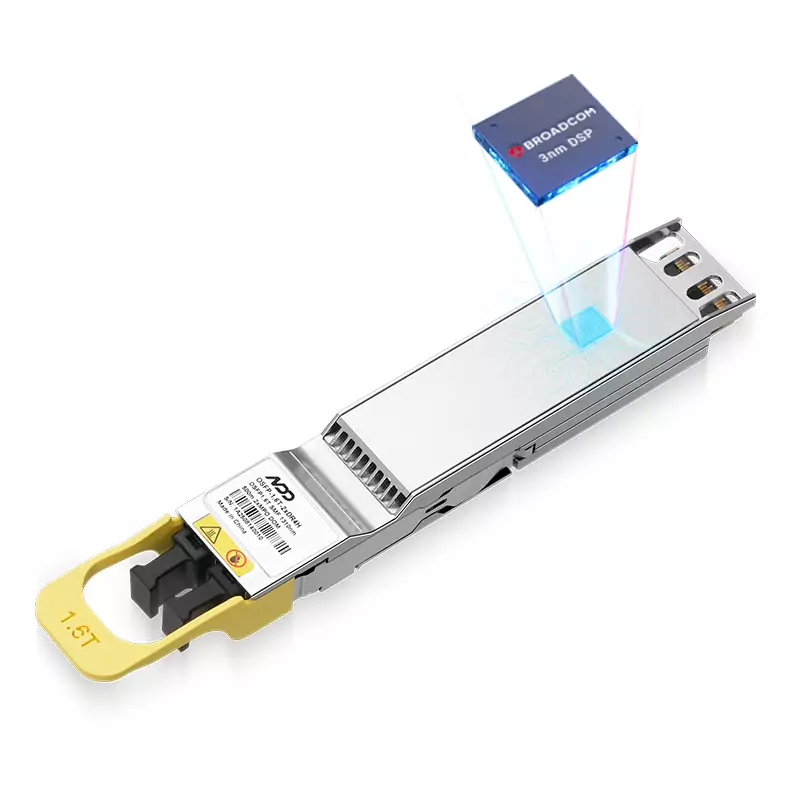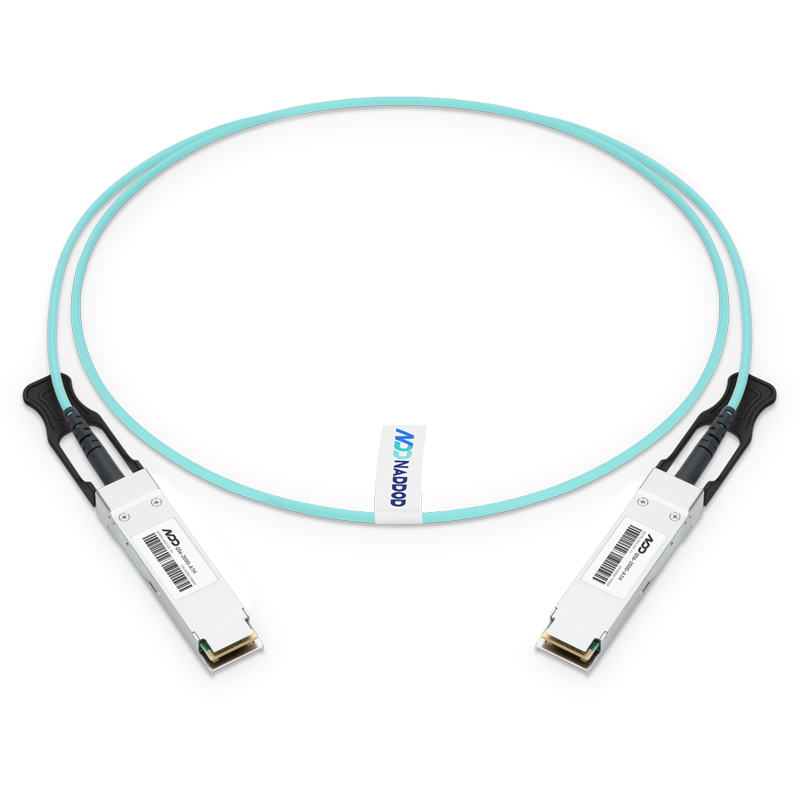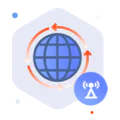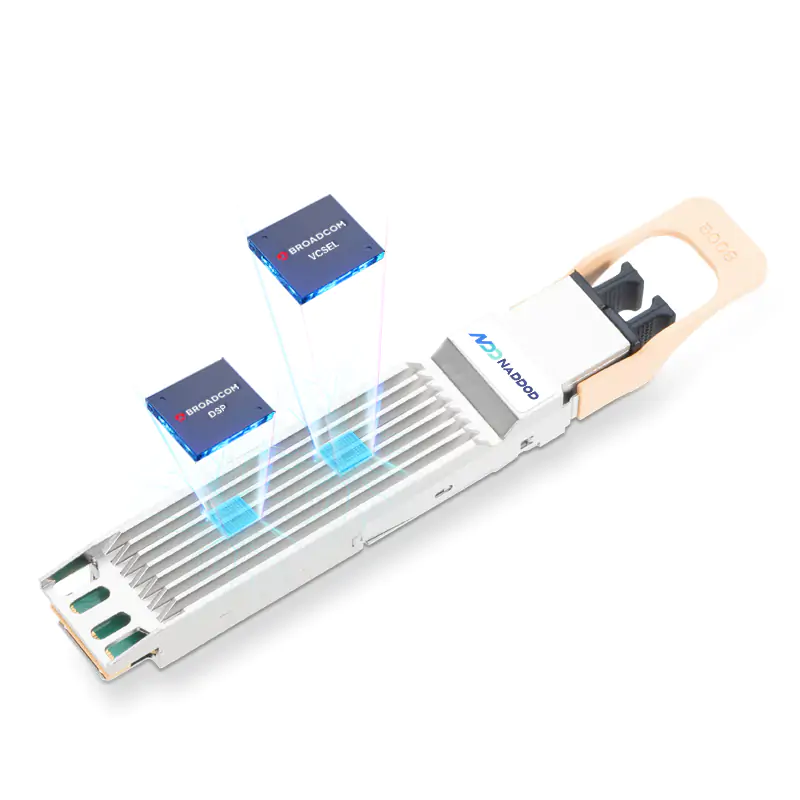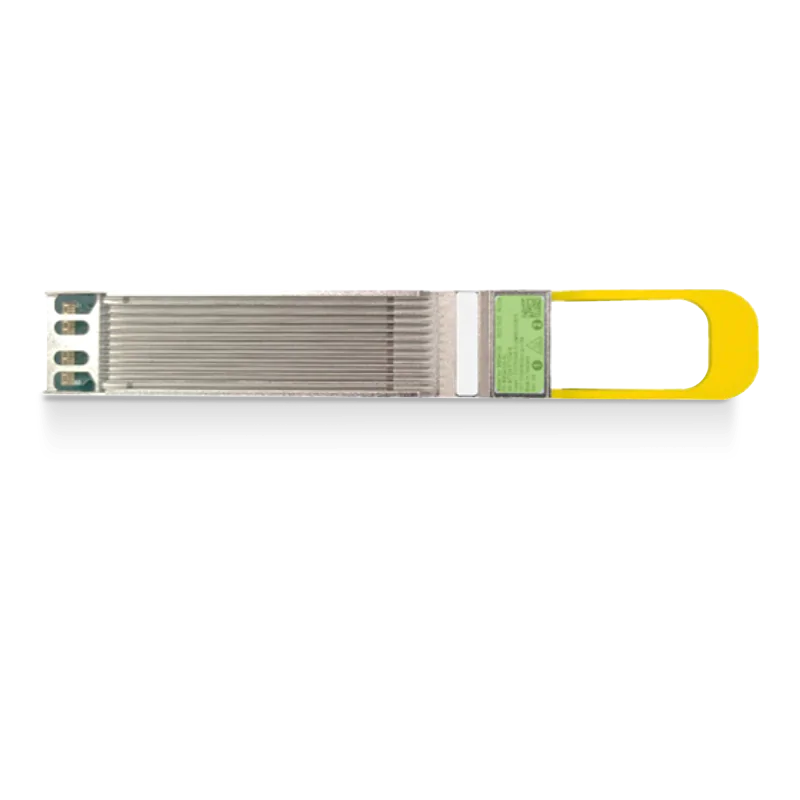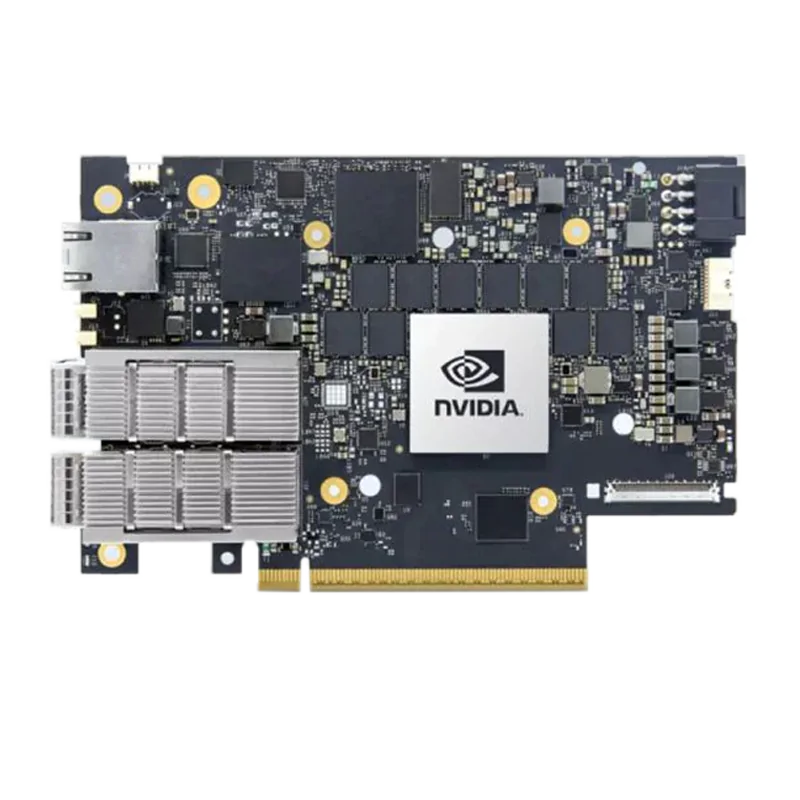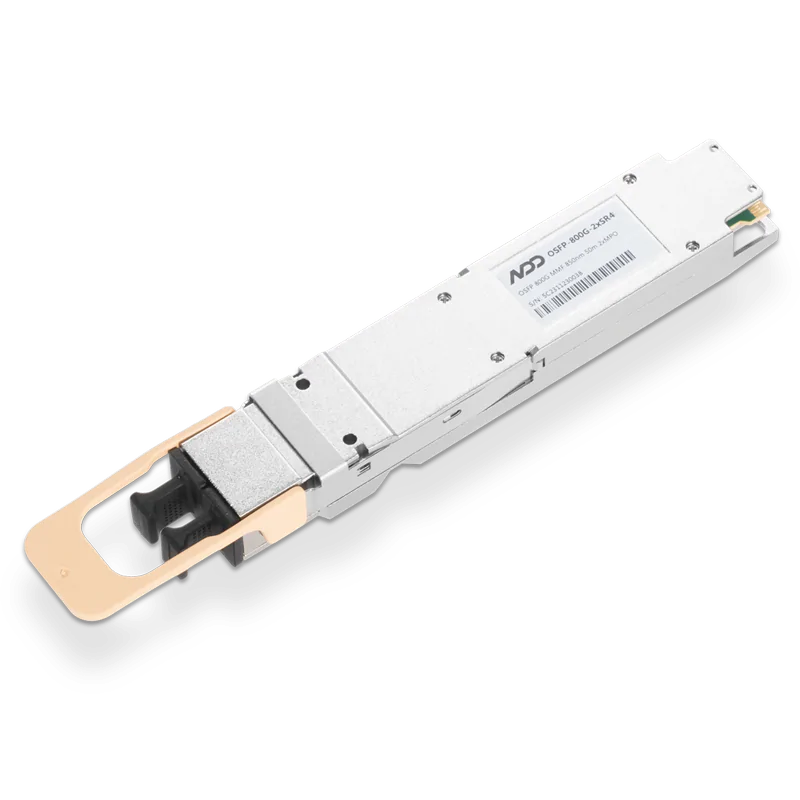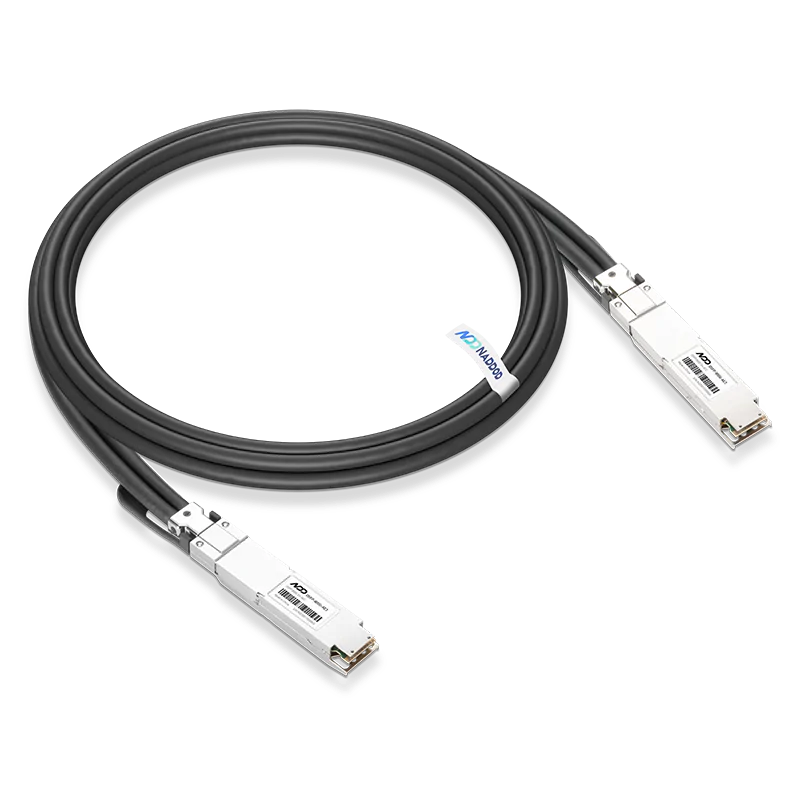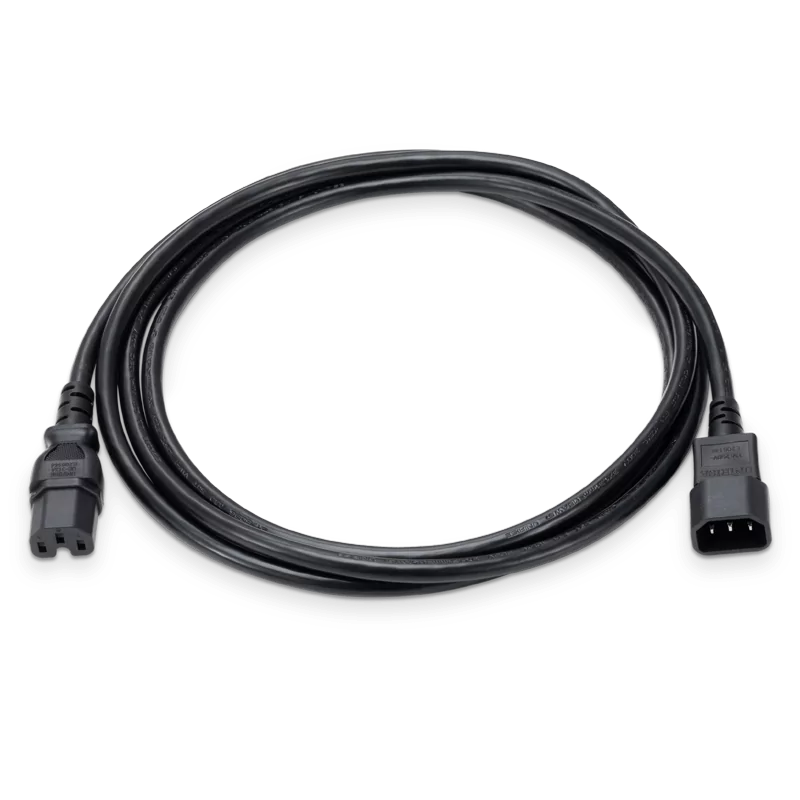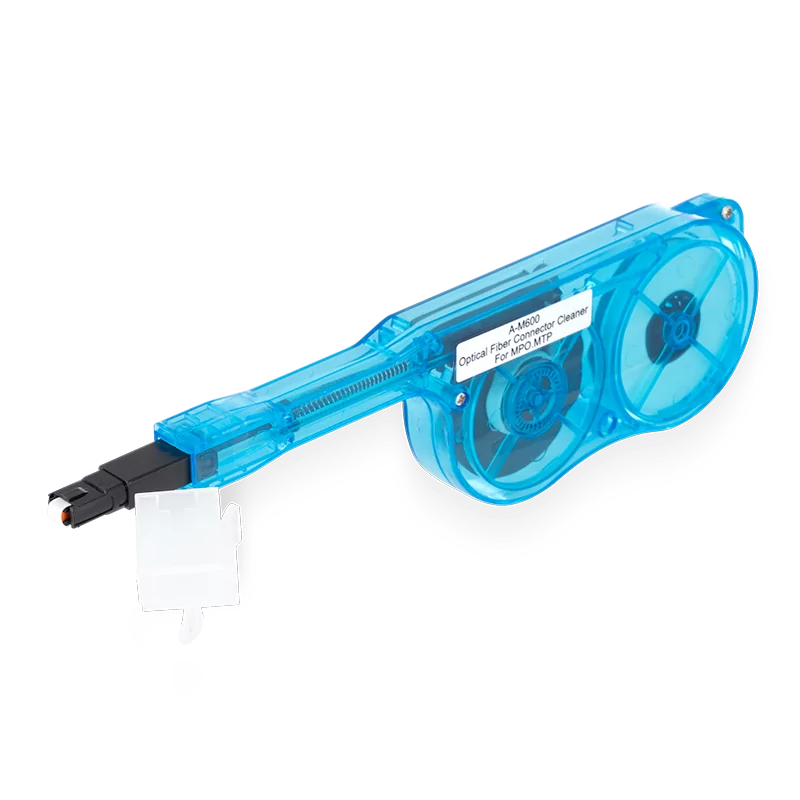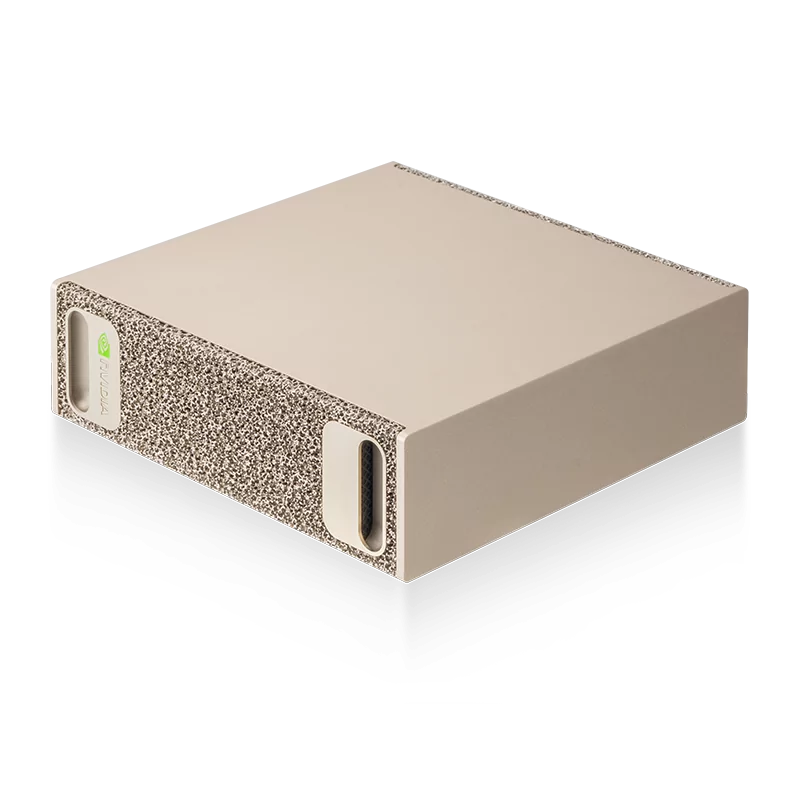SFP+ (Small Form-Factor Pluggable Plus) is a 1-lane form factor standard supporting 10G connectivity. Building on the SFP standard, SFP+ offers enhanced signal integrity and lower power consumption, enabling high-density, cost-effective solutions for data center, enterprise, and storage networks.
NADDOD offers high-performance 10G SFP+ transceivers and DAC/AOC cables optimized for 10G Ethernet and Fibre Channel applications, ensuring low latency and high reliability, with seamless compatibility with leading vendors like Cisco, Juniper, and Arista. Additionally, NADDOD provides CWDM/DWDM SFP+ series, enabling multi-wavelength multiplexing over a single fiber with Mux/Demux, amplifiers, and dispersion compensation for cost-effective, long-haul, high-bandwidth applications beyond 10km.
